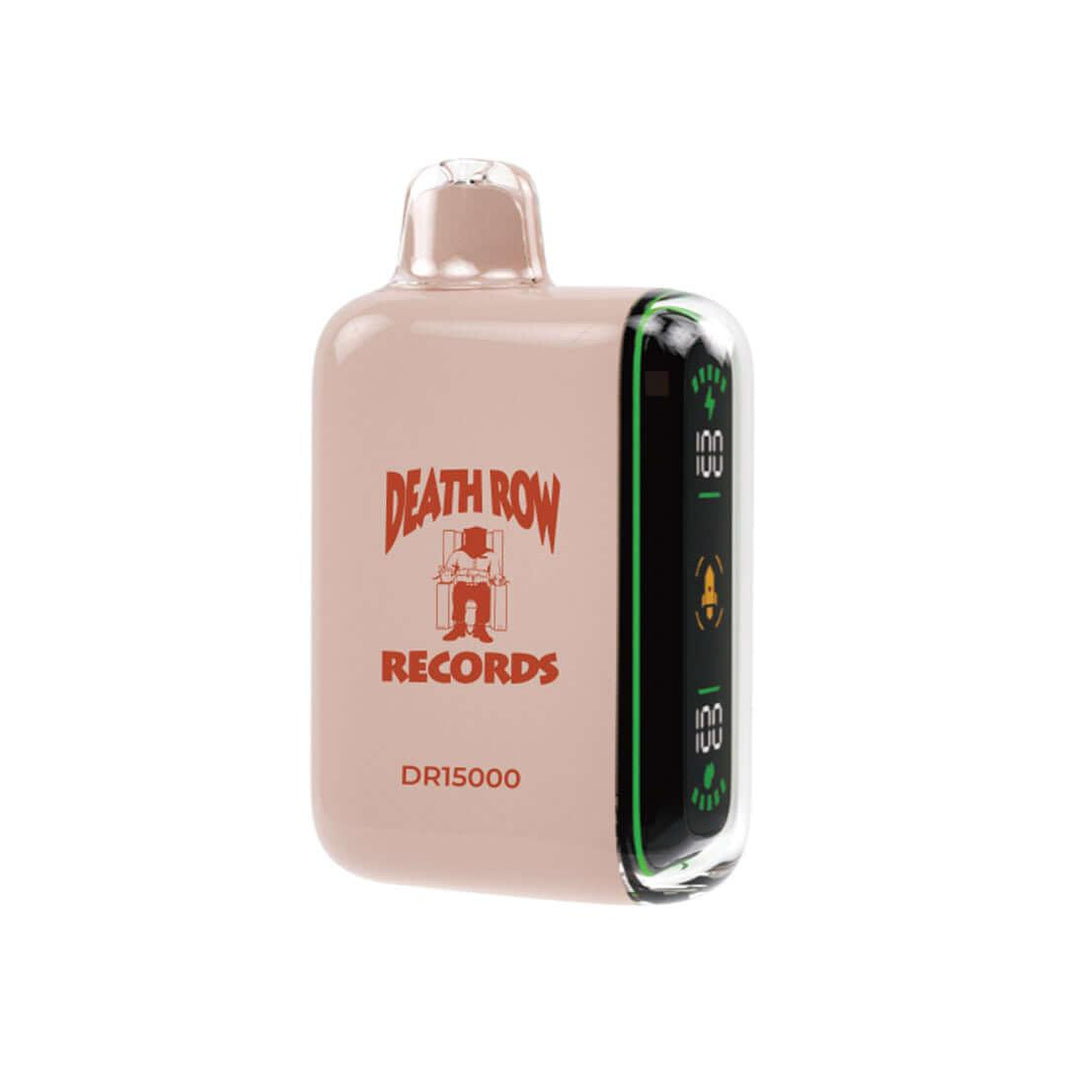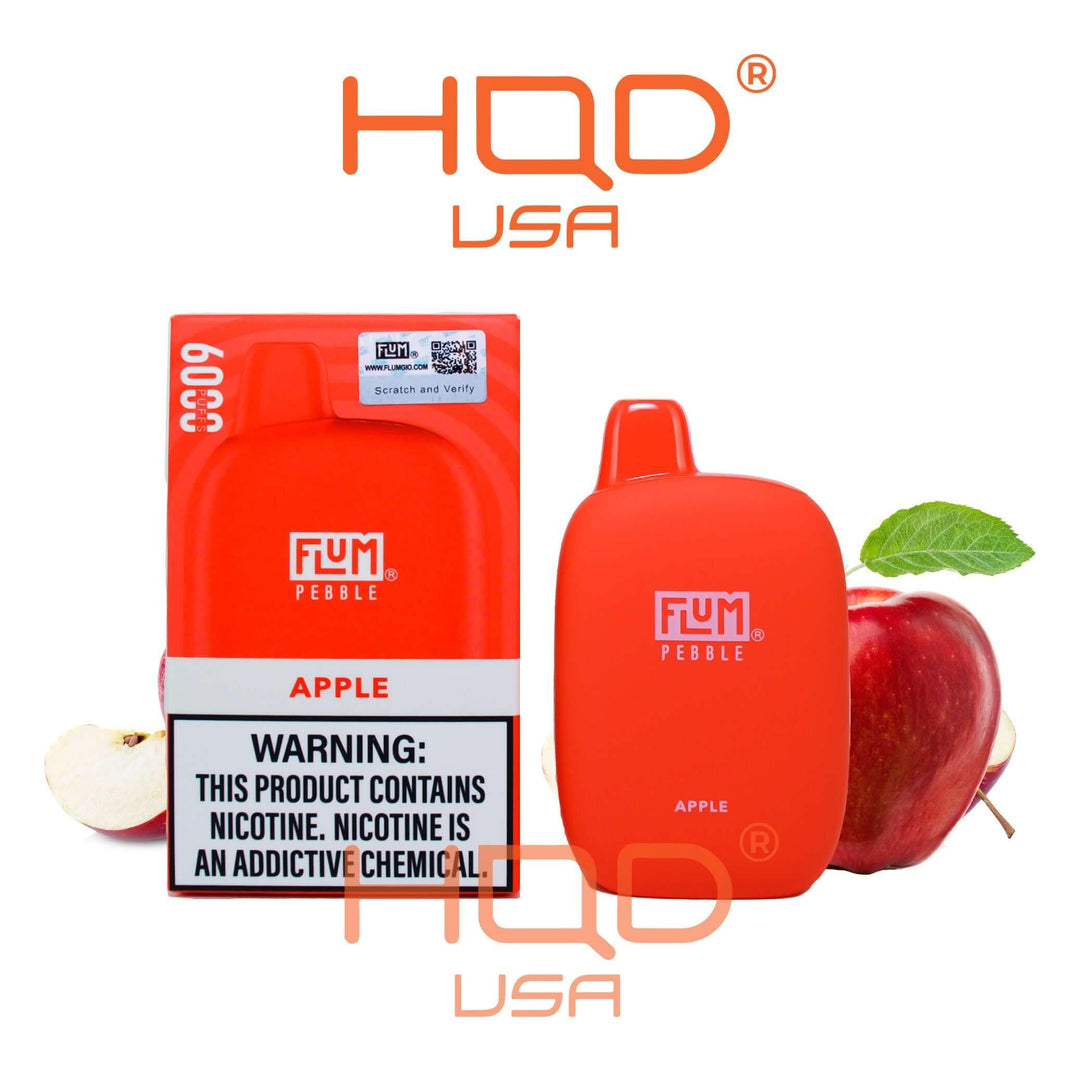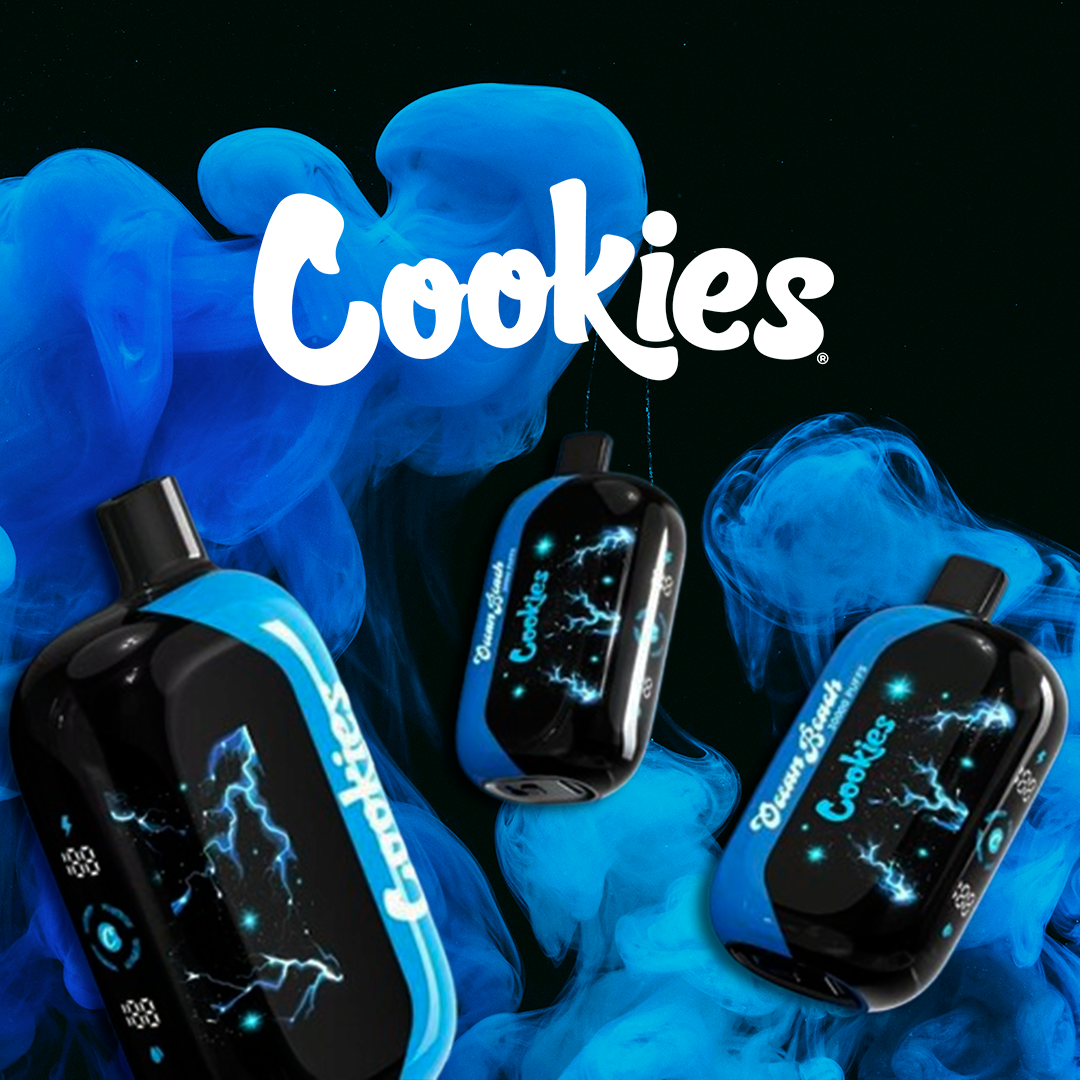
E-cigarette prevention educational resources for middle and high schools

“National survey results show that more and more youth, including middle-school-aged children are using e-cigarettes. One of the critical ways the FDA can work to curb this trend is by continuing to educate youth, parents, and teachers about the dangers of e-cigarette use. Last year, we joined forces with Scholastic to develop and distribute educational resources to high school educators across the country. This year, we are expanding our collaboration with Scholastic to include middle school educators, as we strive to reach even more youth who have tried, or are considering trying, e-cigarettes,” said Mitch Zeller, J.D., director of the FDA’s Center for Tobacco Products. “We can help ensure that more than one million middle and high school teachers across the country have the resources to start educational conversations about the harms of e-cigarette use with their students. Educating students about the dangers of using tobacco products has been, and will continue to be, an important component of our Youth Tobacco Prevention Plan to protect youth from the harms of e-cigarette use.”
DA research suggests that when teachers talk about the health consequences of e-cigarettes and schools enforce anti-vaping policies, students may be less likely to vape. The new middle and high school resources include lesson plans, activity sheets, parent take-home sheets, infographics, and youth addiction and cessation resources. The resources will be sent to more than one million educators and help them start conversations and share facts with students about the harms of youth e-cigarette use. Additional FDA and Scholastic resources are in development and are expected to be available in Spring 2020.
Youth e-cigarette education is also needed where youth spend time outside of school. The FDA launched “The Real Cost” Youth E-Cigarette Prevention Campaign in September 2018 to reach the millions of youth aged 12-17 who have ever used e-cigarettes or are open to trying them. Advertising and other prevention materials are delivered across a variety of channels and the campaign broadened this summer to include its first TV ads.
Education is an important complement to the FDA’s overarching youth tobacco prevention efforts. As part of the FDA's Youth Tobacco Prevention Plan, the agency has been holding retailers and manufacturers accountable for marketing and sales practices that have led to increased youth accessibility and appeal of e-cigarettes. The FDA also continues to invest in campaigns to educate youth about the dangers of e-cigarette use, provide resources to educators, parents, and community leaders to prevent youth use, as well as further explore how to help those kids who are already addicted to e-cigarettes quit.
HQD Tech USA is making sure to prevent youth the access to e-cigarettes in our store. We ask every visitor to our website to verify their age. We are marking our promotional banners with a Warning note - that products contain nicotine and that nicotine is an addictive chemical.
HQD vaping devices were developed as an alternative to cigarettes. Most vaping products work by heating up an e-liquid usually containing a mixture of nicotine, propylene glycol, vegetable glycerin, and flavorants. This heating mechanism produces an aerosol that is inhaled by the user.
Source:
U.S. Food & Drug Administration




